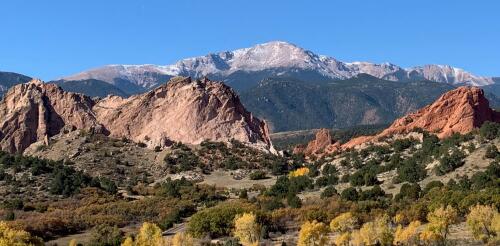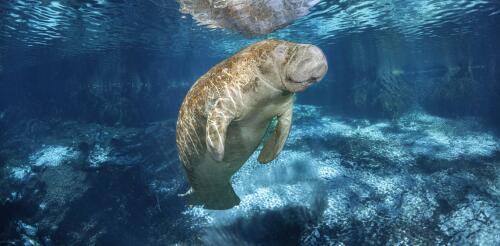Climate change
Fossil fuels are the leading driver of climate change, yet they are still heavily subsidized by governments around the world. Although many countries have explicitly promised to reduce fossil fuel subsidies to combat climate change, this has proven difficult to accomplish. As a result, fossil fuels remain relatively inexpensive, and their use and greenhouse gas emissions continue to grow. I work in environmental and energy law and have studied the fossil fuel sector for years. Here’s how fossil fuel subsidies work and why they’re so stubborn. What is a subsidy? A subsidy is a financial benefit given by a government to an entity or industry. Some subsidies are relatively obvious, such as publicly funded crop insurance or research grants to help pharmaceutical companies develop new drugs. Others are less visible. A tariff on an imported product, for example, can subsidize domestic manufacturers of that product. More controversially, some would argue that when a gov...
Carbon offsets have become big business as more companies make promises to protect the climate but can’t meet the goals on their own. When a company buys carbon offsets, it pays a project elsewhere to reduce greenhouse gas emissions on its behalf – by planting trees, for example, or generating renewable energy. The idea is that reducing greenhouse gas emissions anywhere pays off for the global climate. But not all offsets have the same value. There is growing skepticism about many of the offsets sold on voluntary carbon markets. In contrast to compliance markets, where companies buy and sell a limited number of allowances that are issued by regulators, these voluntary carbon markets have few rules that can be enforced consistently. Investigations have found that many voluntary offset projects, forest management projects in particular, have done little to benefit the climate despite their claims. I specialize in sustainable finance and corporate governance. My collea...
Around 700 million years ago, the Earth cooled so much that scientists believe massive ice sheets encased the entire planet like a giant snowball. This global deep freeze, known as Snowball Earth, endured for tens of millions of years. Yet, miraculously, early life not only held on, but thrived. When the ice melted and the ground thawed, complex multicellular life emerged, eventually leading to life-forms we recognize today. The Snowball Earth hypothesis has been largely based on evidence from sedimentary rocks exposed in areas that once were along coastlines and shallow seas, as well as climate modeling. Physical evidence that ice sheets covered the interior of continents in warm equatorial regions had eluded scientists – until now. In new research published in the Proceedings of the National Academy of Sciences, our team of geologists describes the missing link, found in an unusual pebbly sandstone encapsulated within the granite that forms Colorado’s Pikes Peak....
The gentle, slow-moving Florida manatee has no natural predators. And yet, these charismatic mammals face numerous threats. Manatees are struck by vessels in busy waterways across the state, and a majority bear scars from these collisions. Harmful algal blooms – characterized by the rapid growth of algae that degrades water quality – can impair their nervous systems. With less blubber, or fat, compared with other marine mammals like whales, dolphins, seals and sea lions, manatees are vulnerable to cold-stress syndrome during winter months. And they can ingest or get entangled in marine debris like derelict fishing gear and drown or be crushed by floodgate and water control structures. I am a doctoral candidate in marine biology at Florida International University’s Institute of Environment. Over the past 15 years, I have gained extensive experience working with marine mammals, particularly manatees. Recently, my colleagues at the United States Geologi...



